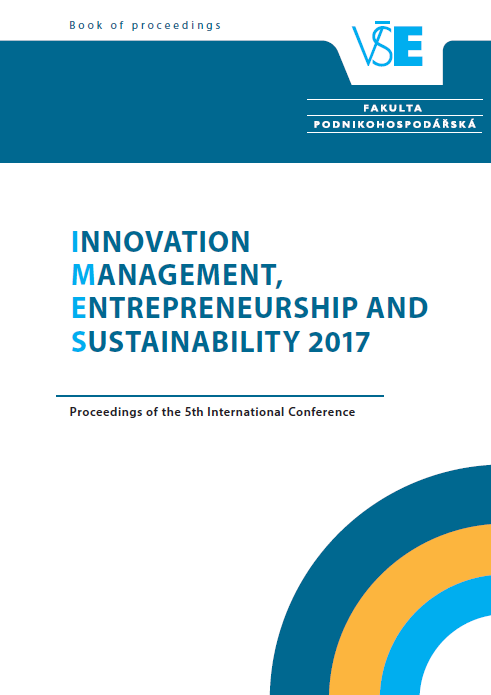
Necessity Driven Entrepreneurs. Does Unemployment and Precarious Employment Lead to Increasing Entrepreneurial Intentions Among Young People in Spain?
Purpose: The article explores the relationship between unemployment and precarious employment, and young people’s entrepreneurship in Spain. We focus on the effects of employment conditions (employed with permanent contract; employed with precarious contract; unemployed; and inactive) and employment experience (had ever been unemployed for more than six months; and has had a paid job for more than one year) on young people’s intentions to start their own business or become self-employed. The role of socio-demographic factors, perceived self-efficacy, perceived desirability and risk taking are also analysed. Methodology: The analyses are based on a cross-sectional representative sample, corresponding to the year 2016, of Spanish working young individuals aged 18 to 35 years (n=1678). Differences between individuals having or not entrepreneurial intentions were calculated for the overall sample and according to employment situation and employment experience variables. We used multivariate logistic regression models to assess the variables that predicted the entrepreneurial intentions and to test whether precarious working conditions are pushing factors towards increasing entrepreneurship. All analyses were stratified by gender.Findings: The results show that besides behavioural attitudinal factors that seem to particularly influence the entrepreneurial intentions of Spanish young people, having a precarious contract or being unemployed for more than six months cannot be regarded as necessity-driven factors for increasing intentions toward entrepreneurship. Research/practical implications: Spain is one of the European countries with more self-employment in young people, especially since the onset of the economic crisis. The high unemployment rates and the increasing exposure of young people to precarious working conditions and temporary jobs may explain this increase in self-employment. Future research should explore what policy measures motivate young people’s entrepreneurship in Spain and under what conditions this becomes an effective alternative to unemployment and precarious employment. Originality: Entrepreneurship and entrepreneurial intentions have received a great attention from both policy actors and scholars during the last decades, mainly due to increasing unemployment among young people in most European countries. Positive perceptions of entrepreneurship and opportunity-driven factors have been particularly explored to account for higher entrepreneurship rates. Nevertheless, little is known about the necessity-driven entrepreneurs, meaning those individuals willing to become self-employed under unfavourable employment or economic circumstances.
More...
